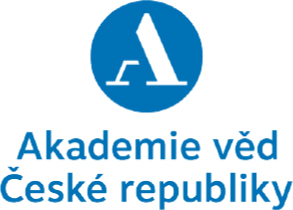In the region of Central Europe, the KSČM (the Communist Party of Bohemia and Moravia) represents a certain unique phenomenon – in none of the post-communist countries does a communist (communist-party based) and only little reformed party play an analogous role within the party system, in none of them does it have such a high (and what is more: even growing) electorate support. In Poland, Hungary (but for example also in Slovenia) the local post-communist parties took over the politics of their reformist wings, deepened it and continued in it consistently.
As early as the break of the 1990s, they managed to transform into catchall parties close in profile to western socialist or social democratic parties. After a short period of being in the defence, their programme and staff regenerated and their organisations became stabilised. Coherent and disciplined entities emerged and have gradually transformed into parties of social democratic character. As early as the mid-1990s, these parties were incorporated into the international social democratic movement.
The Czech Republic saw an entirely different development in this respect. The KSČ, the leadership of which became a Brezhnevian anti-reformist force after defeat of the Prague Spring, remained the outpost of orthodox communism until the end of the 1980s. No strong reformist wing developed within it like in Poland or Hungary. After 1989, all attempts of certain groups within the KSČ to reform the party to an entity of democratic left failed repeatedly. The transformation of the KSČ(M) was characterised by a number of “internal” factors and two major ones fully manifested themselves in the decisive period shortly after the regime changed. First, it was the lack of readiness of the party elite to enact a reform within the party and, second, low willingness in the party membership to accept and support such a reform.
The unsuccessful attempt at a radical (and plausible) transformation (“social-democratisation”) in the 1st half of the 1990s resulted in KSČM remaining close to the original, traditional communist model, that is to say remaining an entity with a strong anti-system capacity and the single powerful successor organisation of communist parties in the region between France and the Ukraine. It represents a specific metamorphosis of the communist machinery; its modified ideology, however, caters for continuity of the communist heritage and uses class-coloured, authoritative, socially populist and ethno-nationalistic strategies to mobilise its electorate.



